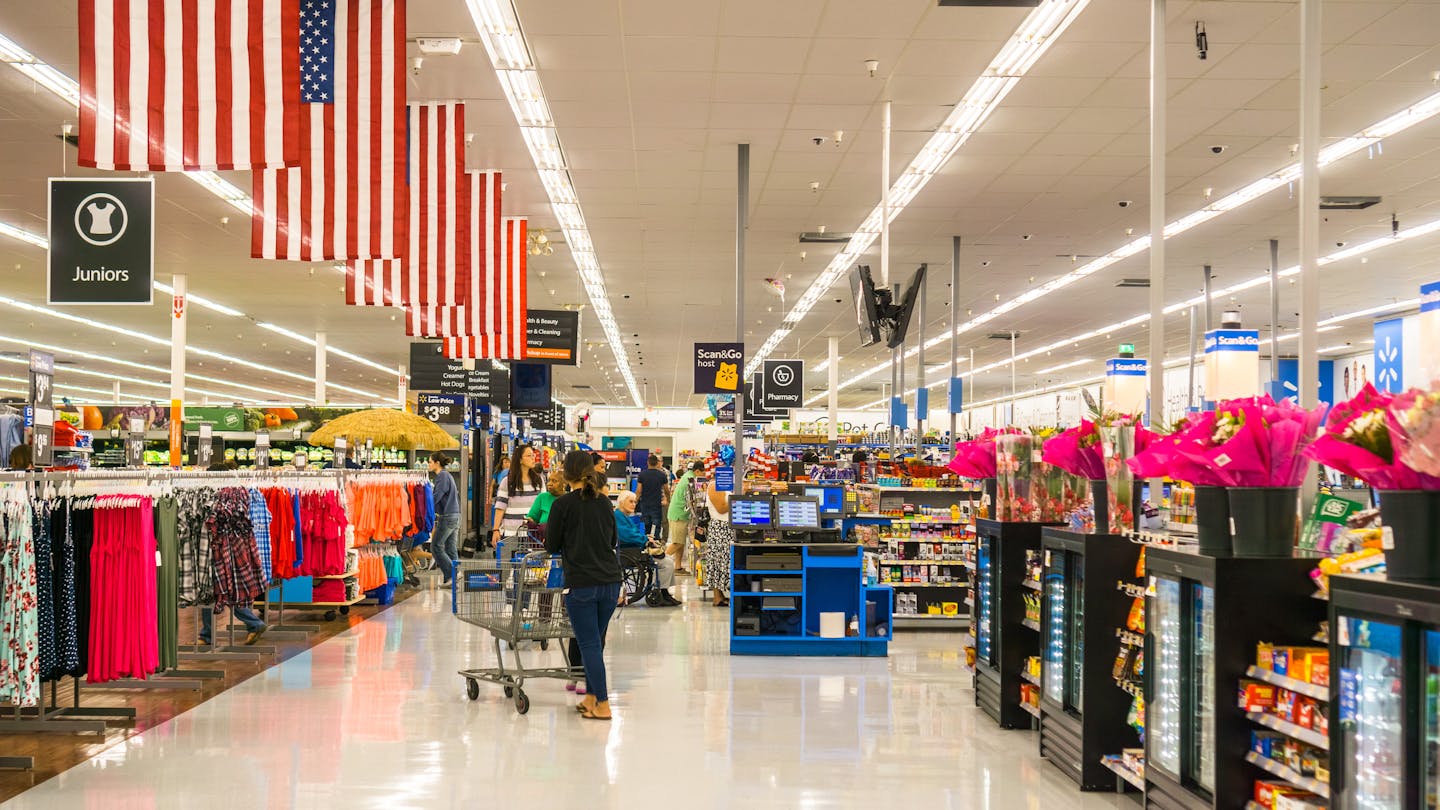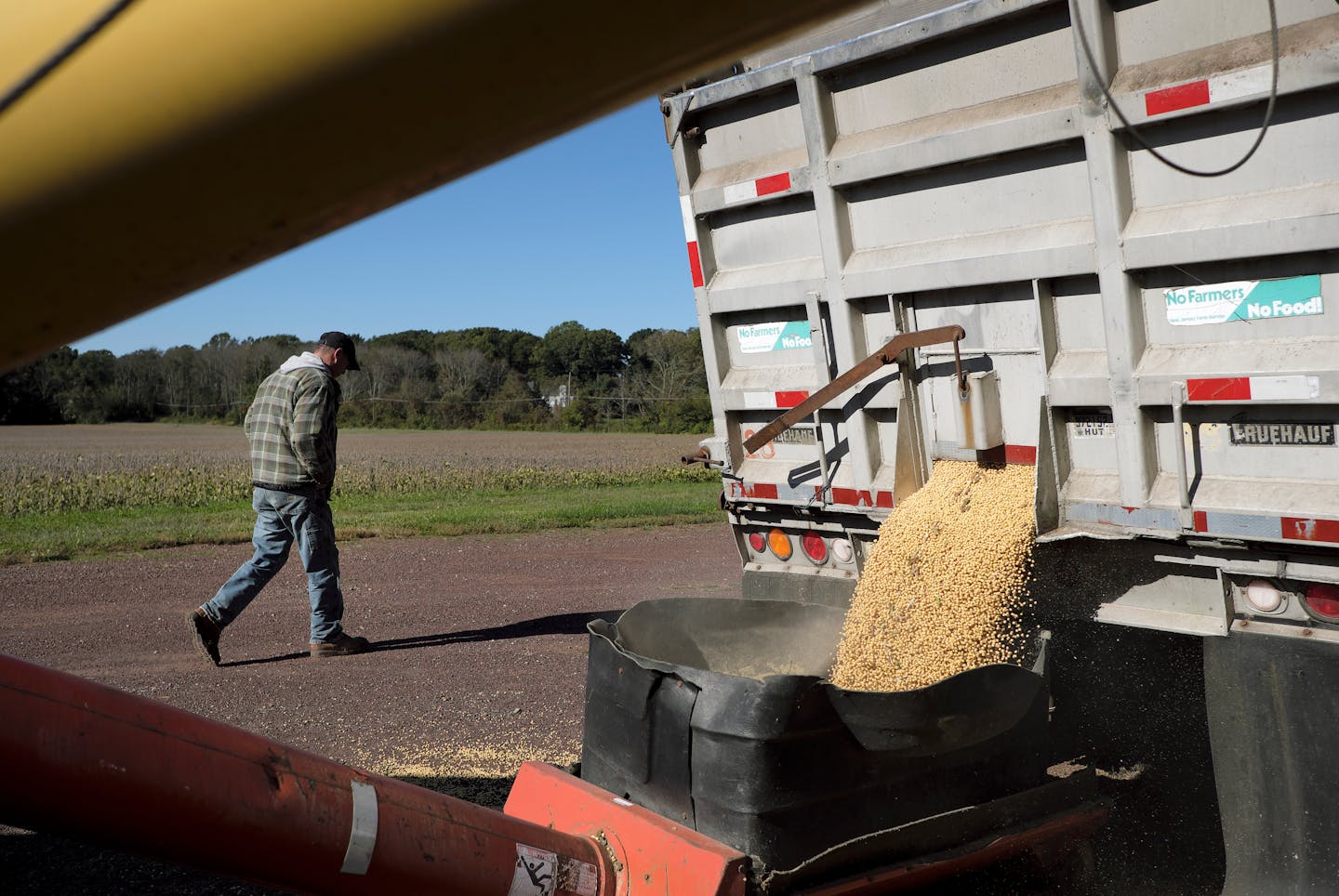
Donald Trump’s recent state visit to the UK ended without the removal of steel tariffs, which the host nation had been hoping for. For months, the US president’s array of “liberation day” tariffs have sparked controversy and caused chaos for America’s trading partners.
Ultimately, the US expects to collect more than US$50 billion (£37 billion) a month in revenues from these tariffs. This figure, from US commerce secretary Howard Lutnick, might sound like a fiscal triumph – a rare instance of a government growing revenue without raising taxes. But behind the headline lies a far more complex, and troubling, economic reality.
Tariffs are not free money. They are taxes on trade, and their costs ripple through the economy in ways that disproportionately burden the people they claim to protect.
The US has increasingly treated tariffs as a first rather than last resort. Under Trump, they are deployed to punish adversaries (trading partners that run large trade surpluses, for example), reshore manufacturing and generate revenue. The message from the president is clear: economic interdependence will be weaponised. And this shift is being enabled by a growing bipartisan consensus that the old model of unfettered free trade has left the US economy exposed.
Many Democrats and Republicans now agree that decades of offshoring and integrating into global supply chains have made the US vulnerable. This was seen not only during crises such as the COVID pandemic, when shortages of medical supplies and semiconductors disrupted everything from healthcare to car production, but also in the face of geopolitical threats from rivals like China.
In response, there is rising support for industrial policies that promote economic nationalism, often under the banner of national security. This means tariffs are no longer seen as an exceptional measure, but a permanent fixture of American economic statecraft.
Even though this political logic is gaining traction, the economic consequences remain regressive. The burden of tariffs is not borne by foreign exporters or large corporations – it is passed directly to consumers in the form of higher prices.
Read more: Tariffs are back in the spotlight, but skepticism of free trade has deep roots in American history
Research on tariffs imposed during Trump’s first term (in 2018-19) and more recently confirms this. It found that the full cost of US import tariffs was borne by domestic consumers and importing firms, with no change in the prices received by foreign exporters.
Similarly, another study demonstrated that the costs of US tariffs on Chinese goods were almost entirely passed through to American consumers and businesses.
The illusion of a win for the US through tariffs is based on the assumption that there will be no retaliation from other countries. But that is not the case.
Tariffs may indeed decrease the US trade deficit, and bring a modest boost to consumer welfare if tariff revenues reduce the income tax burden for Americans, as Trump has suggested. But it has been shown that reciprocal tariffs which increase the prices of many household goods would more than offset these welfare gains, making US households worse off in the end.
Raising tariffs unilaterally as Trump has done, combined with a global trade war, has been found to lead to a sharp contraction in US GDP, rising inflation, and a widening trade deficit. The same analysis confirmed that any US welfare gains from tariffs vanish when the rest of the world retaliates.
The cost for Americans
So why does Trump continue to champion tariffs? His persistence points to a deeper political economy puzzle, and suggests boosting the welfare of average Americans might not be part of his policy calculus.
Tariffs may be economically inefficient and socially regressive, but they are politically potent. They generate headlines, feed narratives of national strength, and allow leaders to cast themselves as defenders of American workers. All the while, the true costs are diffuse, delayed, and buried in monthly grocery and retail bills.
In this light, tariffs are less about economics and more about optics. It is a performance of power that sidesteps the realities of global supply chains and consumer vulnerability.
So, who wins and who loses? The evidence paints a nuanced picture. Losers are easy to identify: American consumers, especially low- and middle-income households who spend a larger share of their income on manufactured goods. While boasting about collecting billions in tariff revenues, Trump is yet to outline any specific plan to redistribute those revenues to low- and middle-income households.
Then there are the small businesses reliant on imported products, and the farmers and exporters caught in retaliatory crosshairs. US soybean exports to China, for example, plummeted in 2018 and again in 2025, with zero orders coming from China so far this year.

The winners are narrower and more concentrated. Large-scale domestic producers, such as those in sectors shielded by tariffs (for example, steel, aluminium and car parts) gain through reduced foreign competition and higher prices. Big agricultural businesses and politically connected firms also benefit, thanks to substantial bailout packages during tariff wars – as, of course, does the US Treasury, which pockets the tariff revenue.
But the global economy as a whole faces increased uncertainty, disrupted supply chains, and reduced trade volumes as a result of these tariffs. This dampens overall growth prospects.
Ever since the pandemic, foreign producers have been adapting, shifting supply chains from China to Vietnam, Mexico and India amid growing US-China tensions. This has left US tariffs increasingly ineffective at reshoring industry from across the globe, but highly effective at inflating prices.
The projected US$50 billion in monthly tariff revenue is not a victory lap. It signals a world where the costs of political symbolism are offloaded on to citizens. Tariffs don’t create wealth, they redistribute it – often from the vulnerable to the powerful through higher prices.
As the US continues its march into a new age of protectionism, one question should guide the debate. When the next tariff is announced to great fanfare, who will really be paying the bill?
This article is republished from The Conversation, a nonprofit, independent news organization bringing you facts and trustworthy analysis to help you make sense of our complex world. It was written by: Jiao Wang, University of Sussex
Read more:
- The tech prosperity deal is huge. But will the UK reap the benefits?
- How tariff wars are reshaping migration and raising the risk of human rights abuses in supply chains
- Protectionism has a long history in the US – so its return should not be all that surprising
Jiao Wang does not work for, consult, own shares in or receive funding from any company or organisation that would benefit from this article, and has disclosed no relevant affiliations beyond their academic appointment.


 The Conversation
The Conversation
 Newsweek Top
Newsweek Top America News
America News Reuters US Top
Reuters US Top AlterNet
AlterNet KUOW Public Radio
KUOW Public Radio Raw Story
Raw Story KQED Politics
KQED Politics Reuters US Economy
Reuters US Economy Reuters US Business
Reuters US Business WSAZ NewsChannel 3
WSAZ NewsChannel 3 Edmonton Sun World
Edmonton Sun World